Sign up. Be inspired. Get clicking.
The benefits of sustainable aviation fuel explained
1 January 2023
Sustainable aviation fuel (SAF) is a critical solution in reducing aviation’s environmental impact. The global aviation sector aims to reach net-zero carbon emissions by 2050, and SAF is a significant contributor to this target. As of now, more than 360,000 commercial flights have used SAF across 46 airports, mostly in the United States and Europe, underscoring SAF’s growing role in the industry.
SAF is produced from renewable resources like agricultural waste and biomass and can be blended with conventional jet fuel at up to 50% without modifying aircraft engines or fuel systems. When used, SAF can reduce carbon dioxide emissions by as much as 80% compared to fossil-based jet fuels. Additionally, it emits fewer harmful pollutants, such as sulphur oxides, and contributes to improved air quality.
Economically, SAF offers promising benefits. It can support rural agricultural economies by generating jobs and income, and its cleaner burn can enhance engine performance. The SAF market is projected to reach $6.26 billion by 2030, reflecting its potential in advancing aviation sustainability and reducing the sector’s carbon footprint.
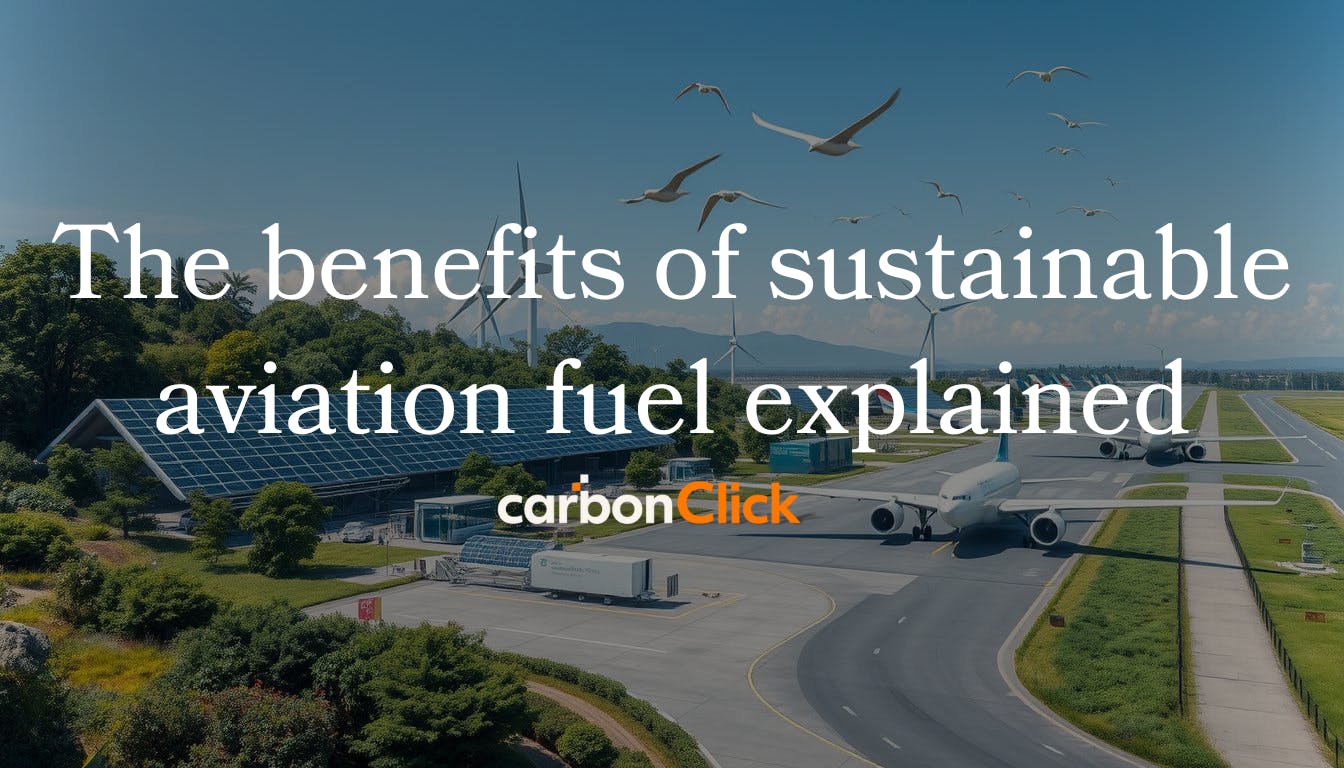
What is Sustainable Aviation Fuel (SAF)?
Sustainable aviation fuel (SAF), made from non-petroleum sources, helps reduce emissions from aviation and can be blended with traditional jet fuel up to 50%, depending on the feedstock and production process. Over 360,000 flights have now used SAF across 46 airports, mostly in the United States and Europe. Aviation currently contributes around 2% of global carbon dioxide emissions, and SAF is viewed as essential to reducing this impact.
In the United States, SAF consumption grew significantly—from about 5 million gallons in 2021 to 15.8 million gallons in 2022, and 24.5 million gallons in 2023. The Sustainable Aviation Fuel Grand Challenge aims for a 50% emissions reduction by 2030 and a production target of 35 billion gallons by 2050. Various alternative jet fuels are already approved, each derived from different feedstocks and processes. As the aviation industry pursues sustainable energy sources, SAF's role in decarbonising air travel continues to grow, signalling a promising future for sustainable aviation.
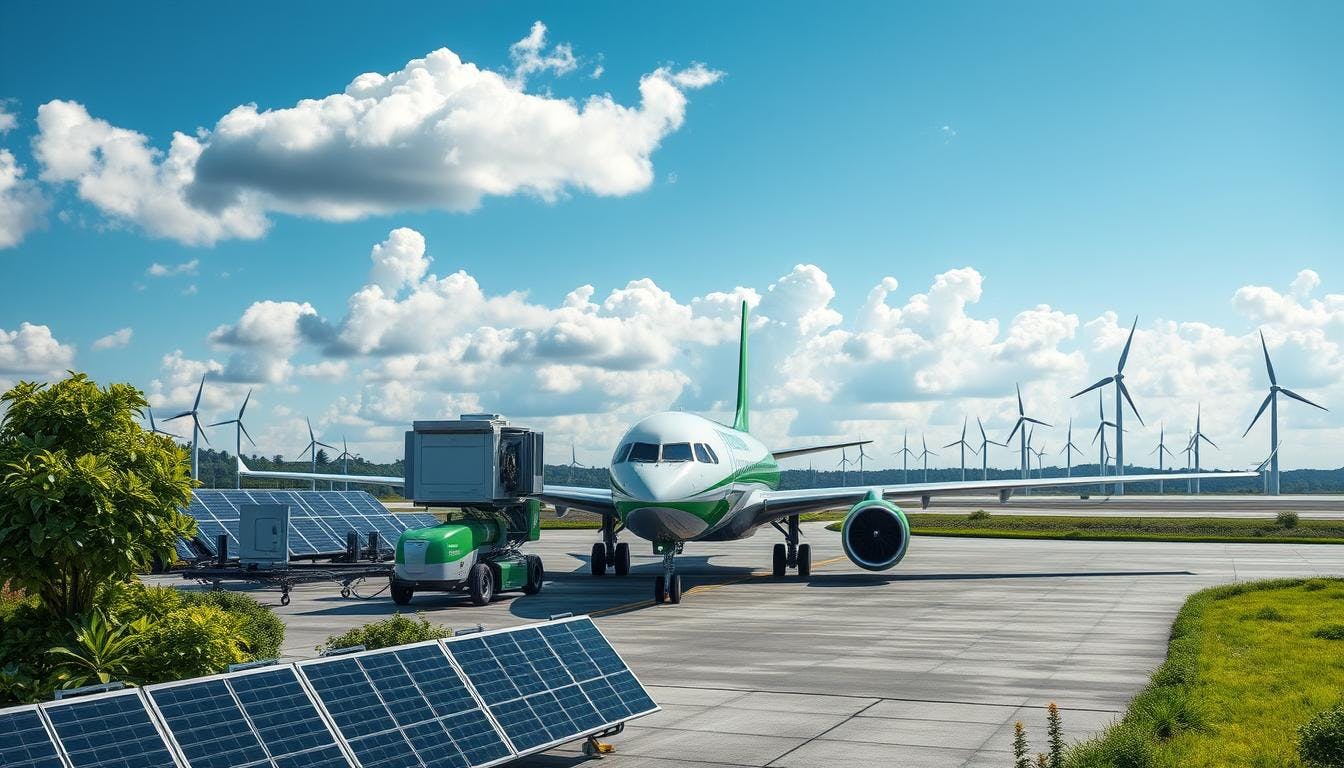
The advantages of sustainable aviation fuel
Environmental benefits and emission reductions
Sustainable Aviation Fuel (SAF) provides a significant solution to reduce aviation’s environmental impact. Over its life cycle, SAF can lower greenhouse gas emissions by as much as 80% compared to traditional jet fuel, offering an important reduction in carbon emissions, essential for meeting global sustainability objectives.
In addition to reducing carbon output, SAF releases fewer harmful emissions, including sulphur dioxide and particulate matter, enhancing air quality. Producing SAF from renewable resources, such as waste and residues, also helps limit the release of greenhouse gases from sources like landfills. This broader reduction in emissions supports the aviation industry in advancing its sustainability goals.
Historically, the aviation sector has relied heavily on fossil fuels, which have contributed to volatile fuel costs. By diversifying energy sources with SAF, airlines can stabilise costs and open economic opportunities, particularly in regions with suitable land for feedstock production. This shift supports local economies, job creation, and sustainable agricultural practices.
SAF production pathways
Sustainable Aviation Fuel (SAF) is produced using various methods, each employing unique feedstocks and chemical processes. There are seven approved production pathways for SAF by ASTM International, all designed to meet stringent aviation fuel standards. These methods include Fischer-Tropsch Synthetic Paraffinic Kerosene (FT-SPK) and Hydroprocessed Esters and Fatty Acids (HEFA-SPK), among others, each with its own specific environmental and logistical benefits.
Currently, SAF can be blended up to a 50% maximum with traditional jet fuel. However, ongoing testing shows potential for future engines to operate on 100% SAF, which could increase usage levels. By 2030, the aviation sector aims to certify SAF as fully compatible for all aircraft.
Enhancements in SAF production and standards by ASTM continue to progress, bringing the industry closer to its sustainability goals and helping to lessen air travel’s environmental footprint. This progress marks an important move towards a more responsible future for aviation.
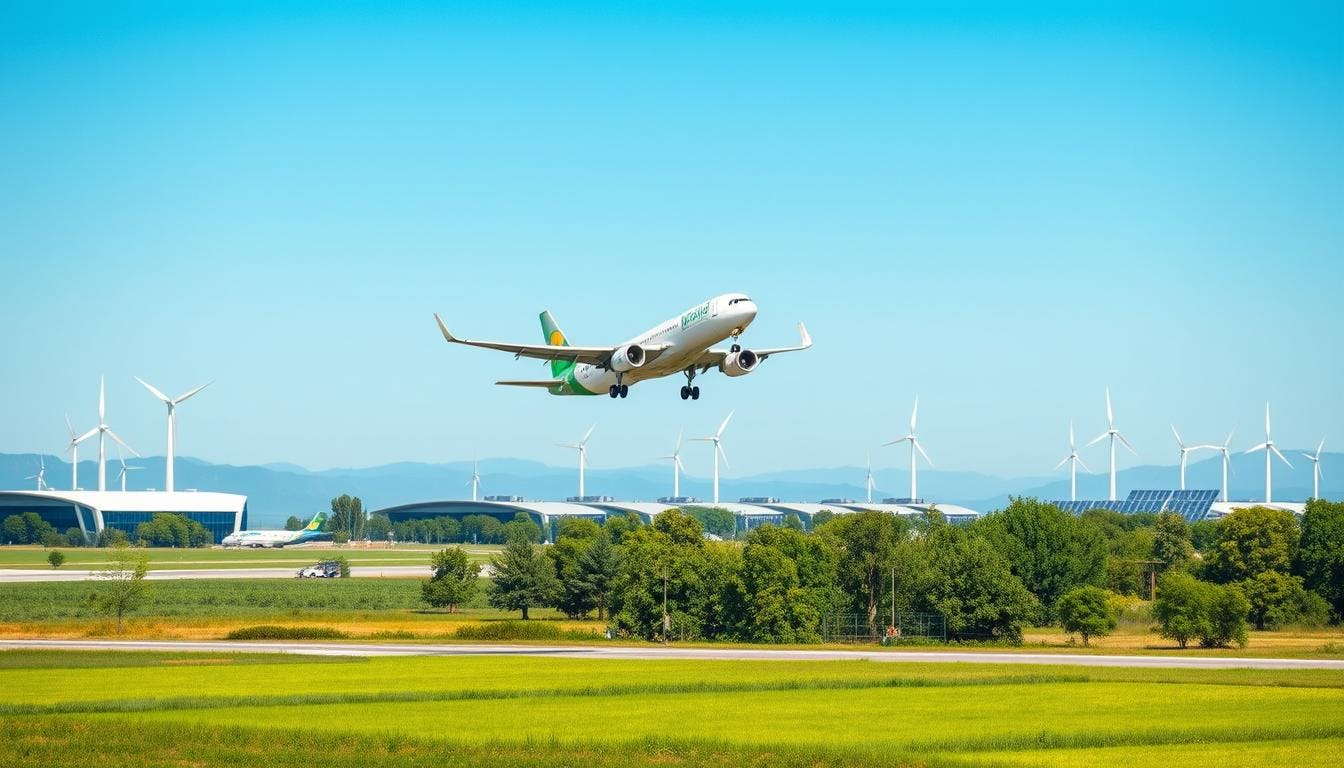
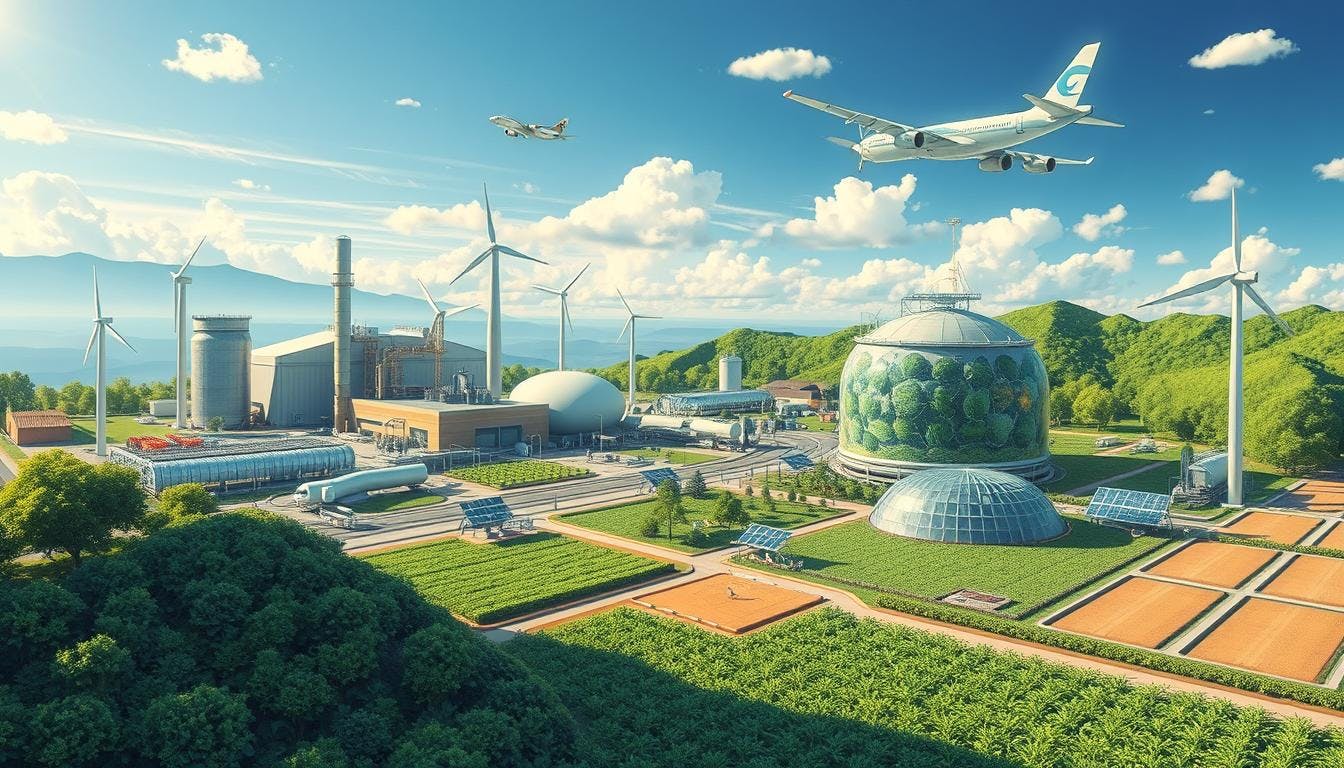
Advantages of sustainable aviation fuel
Sustainable aviation fuel (SAF) offers multiple advantages for aviation. It is compatible with existing aircraft engines and fuel systems, allowing it to replace conventional jet fuel without substantial modifications. Using SAF has the potential to reduce lifecycle carbon dioxide emissions by up to 94% when used at 100% concentration, contributing significantly to the aviation sector’s target of achieving net-zero carbon emissions by 2050. SAF can also be produced from a variety of renewable resources, such as agricultural and forestry waste, offering flexibility to meet aviation demand. The benefits of SAF position it as an effective choice for airlines, reducing environmental impact while supporting a more sustainable future for air travel.
SAF distribution and supply chain
Integrating sustainable aviation fuel (SAF) into the fuel supply chain is essential for scaling its use. SAF must be blended with conventional Jet A fuel before aircraft can use it, and this blending can occur at various stages depending on the SAF’s production and distribution. Blending often takes place at refineries, allowing the mixture to then flow through the standard supply chain to airports. Alternatively, SAF produced at biofuel plants may be mixed at fuel terminals before reaching airports by pipeline or truck.
SAF seamlessly integrates with existing fuel infrastructure, allowing airports to receive blended fuel through their established systems. This may occur at terminals close to airports or farther away, with transport options like pipelines and barges. By leveraging current infrastructure, the SAF supply chain avoids the need for substantial alterations or investment, simplifying adoption for the aviation industry.
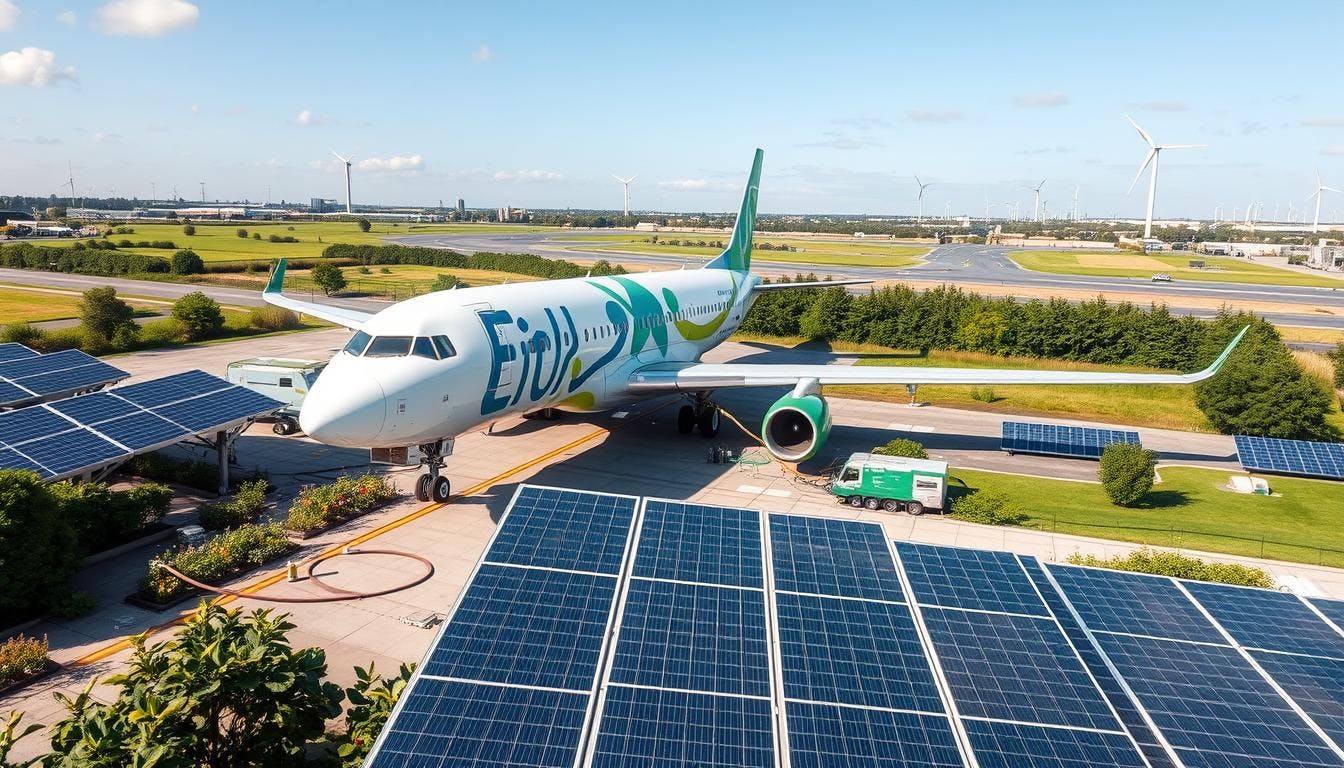
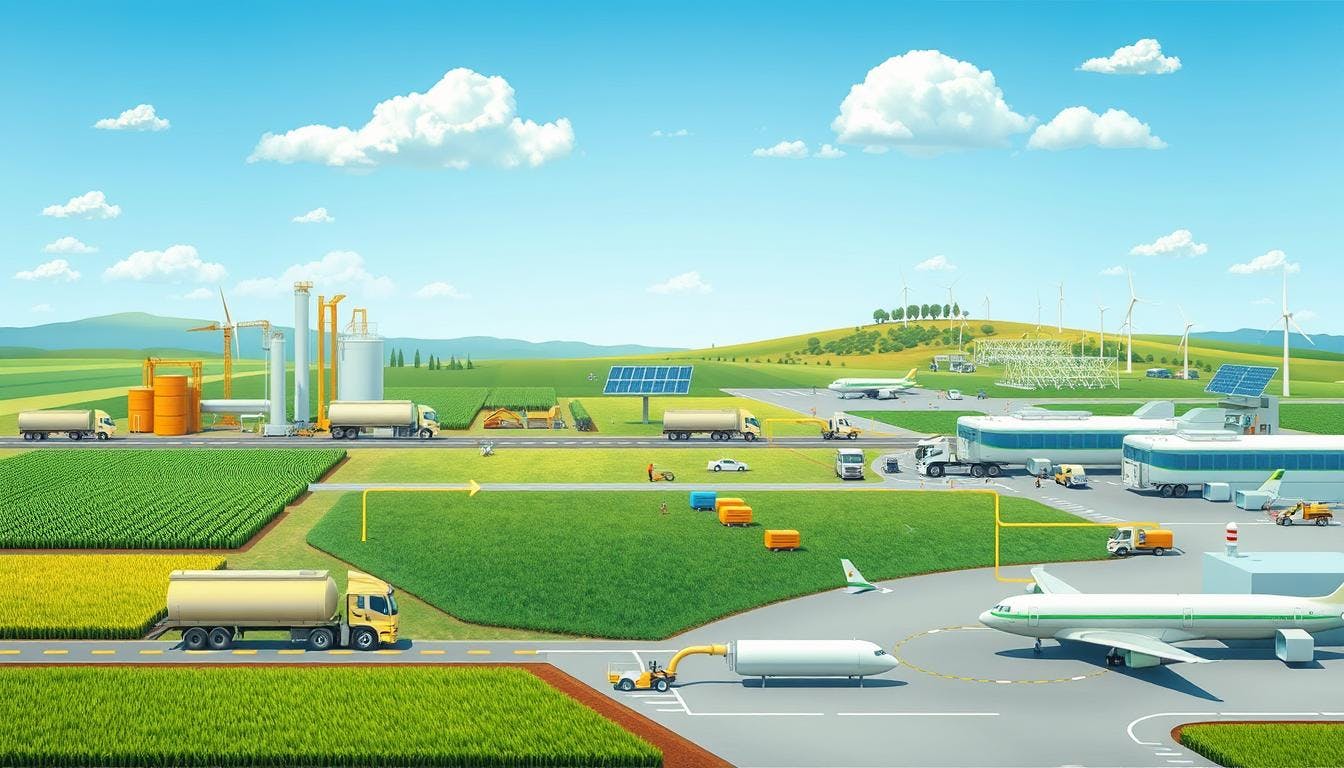
Future prospects and challenges
The U.S. government is actively supporting the research and development of sustainable aviation fuel (SAF) to address challenges related to cost, scalability, and technology. This includes initiatives like the Sustainable Aviation Fuel Grand Challenge and the Sustainable Aviation Fuel Review of Technical Pathways, which are spearheaded by the U.S. Departments of Energy, Transportation, and Agriculture. Their aim is to enhance domestic SAF production and technology, making sustainable aviation fuel more accessible.
The Fueling Aviation's Sustainable Transition (FAST) Grants, which total nearly $300 million, are crucial for accelerating the production and adoption of SAF. Additionally, the FAA collaborates with industry groups through initiatives like the Commercial Aviation Alternative Fuels Initiative (CAAFI) to promote SAF. As the aviation sector strives for net-zero emissions by 2050, these projects are vital for unlocking the full potential of sustainable aviation fuel, significantly reducing greenhouse gas emissions from air travel.
Industry adoption and commitments
Since 2008, the aviation industry has made significant progress in adopting sustainable aviation fuel (SAF). The first biofuel test flight, conducted by Virgin Atlantic in 2008, marked a pivotal moment, leading to SAF certification. By 2023, more than 750,000 flights have utilised SAF blends, illustrating the industry's commitment to sustainable fuels.
Partnerships between airlines and SAF producers are essential for increasing SAF usage. However, despite this progress, production remains limited, meeting only about 0.2% of global jet fuel demand in 2023. The expected demand for SAF is projected to rise sharply, reaching approximately 4.5 million metric tons by 2030, and potentially exceeding 20 million metric tons if airlines maintain their commitments. Yet, the cost of SAF is a significant barrier, as it currently costs three times more than conventional fossil fuel kerosene.
To overcome these challenges, collaboration among industry stakeholders, alongside supportive regulations, is crucial for the sustainable growth of SAF production.

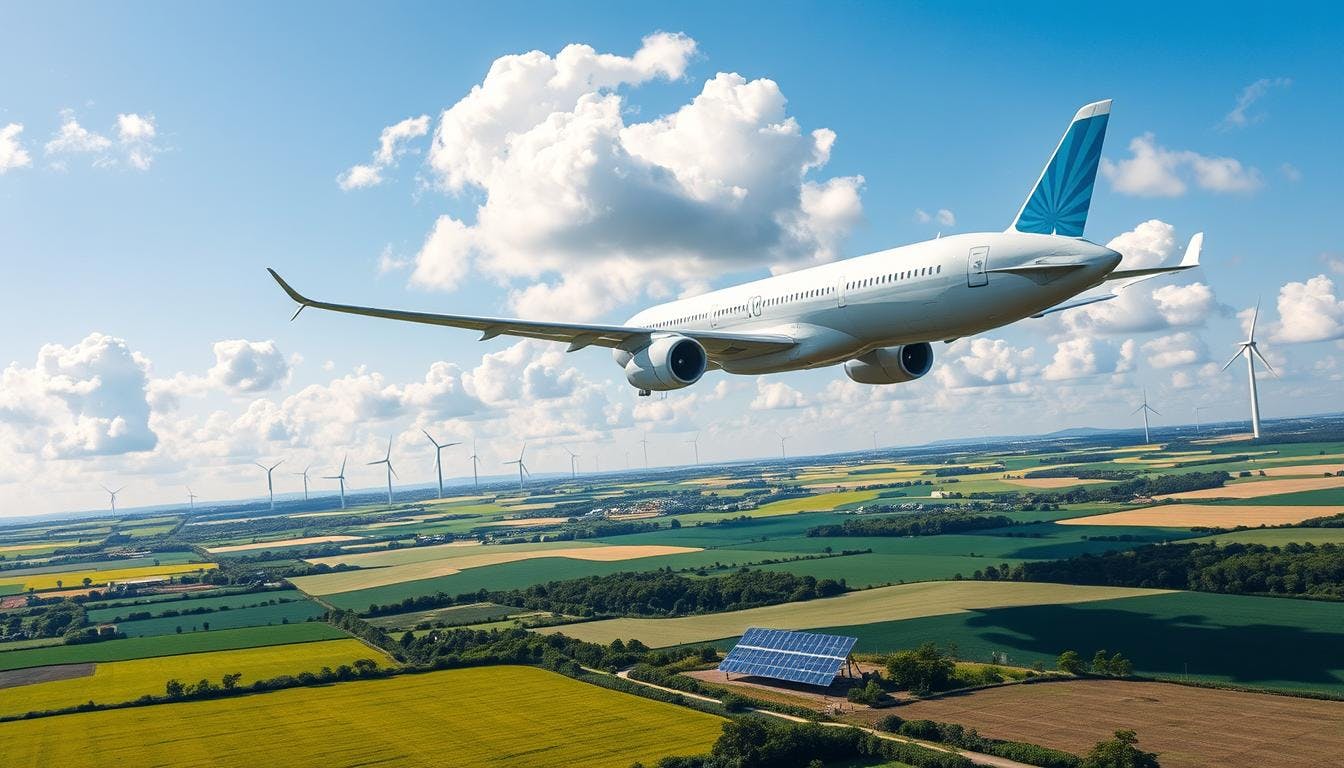
Challenges and future outlook
The aviation industry is actively addressing its environmental impact, with sustainable aviation fuel (SAF) viewed as a critical part of the solution. However, significant challenges remain, including high costs, limited production capacity, and the need for supportive policies.
Currently, SAF is considerably more expensive than traditional jet fuel, costing between two to six times more. This price disparity is largely due to the limited quantities being produced. Despite the construction of more production facilities and major airlines entering significant agreements to purchase SAF, prices are expected to decrease gradually as production scales up.
The industry is producing only a few million gallons of SAF, which is a tiny fraction of the 99 billion gallons required annually. To resolve these issues and increase SAF adoption, more policy support and research efforts are essential.
Looking ahead, the demand for SAF is projected to rise significantly, with estimates reaching 4.5 million metric tons by 2030, potentially exceeding 20 million metric tons if airline commitments hold firm. However, achieving these targets hinges on overcoming production and cost challenges, with SAF still being three times the price of fossil fuel kerosene.
With a promising outlook, especially in the 2030s when policy support is expected to expand, the global market for sustainable aviation fuel is anticipated to grow, with forecasts suggesting it could reach approximately USD 14.8 billion by 2032.
The role of SAF in sustainable air travel
The aviation industry is making significant strides to reduce its environmental impact, with sustainable aviation fuel (SAF) playing a crucial role in these efforts. SAF can substantially lower CO2 emissions compared to traditional fossil fuels, with reductions of over 80% possible.
Additionally, SAF production often involves recycling waste materials, which further helps decrease harmful emissions. While SAF cannot completely eliminate the environmental impact of flying, it represents a vital step towards cleaner air travel by 2050.
Increasing the production and use of SAF is essential for achieving global emissions reduction goals. The widespread adoption of SAF is not only beneficial for the environment but also crucial for making air travel more sustainable for future generations.
For more detailed information, you can visit the International Air Transport Association (IATA) and other industry reports that discuss the role of SAF in aviation.
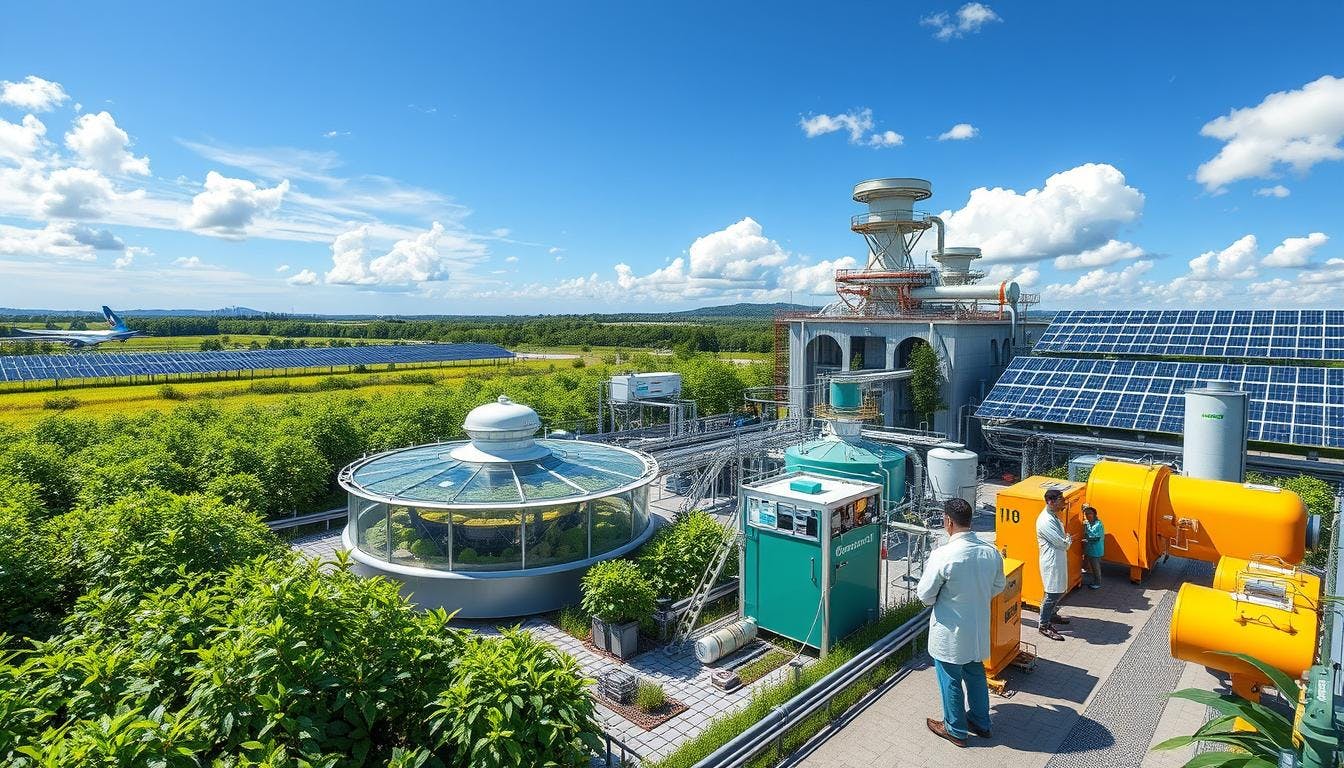
17 South Street
Auckland 1010
New Zealand
info@carbonclick.com- -
- X
Subscribe now to stay up to date with CarbonClick, carbon offsetting and climate action.
By signing up you agree to our Privacy Policy.


